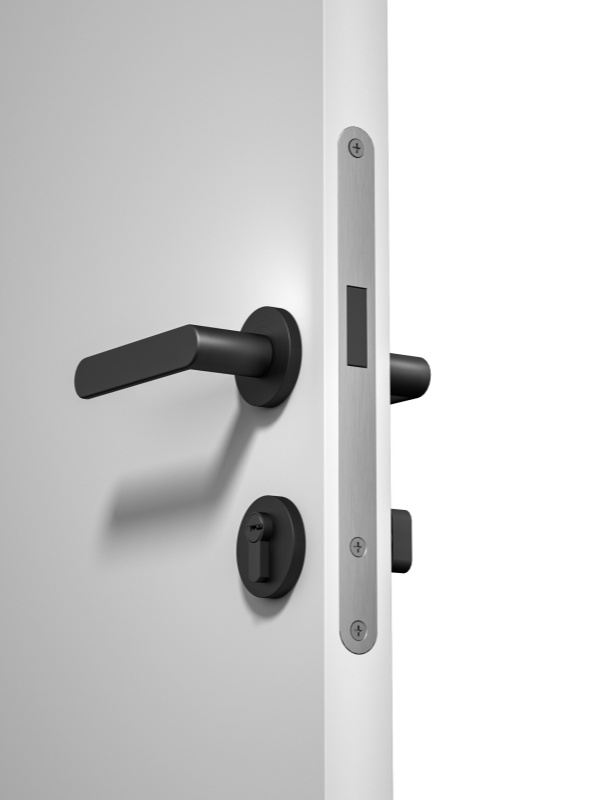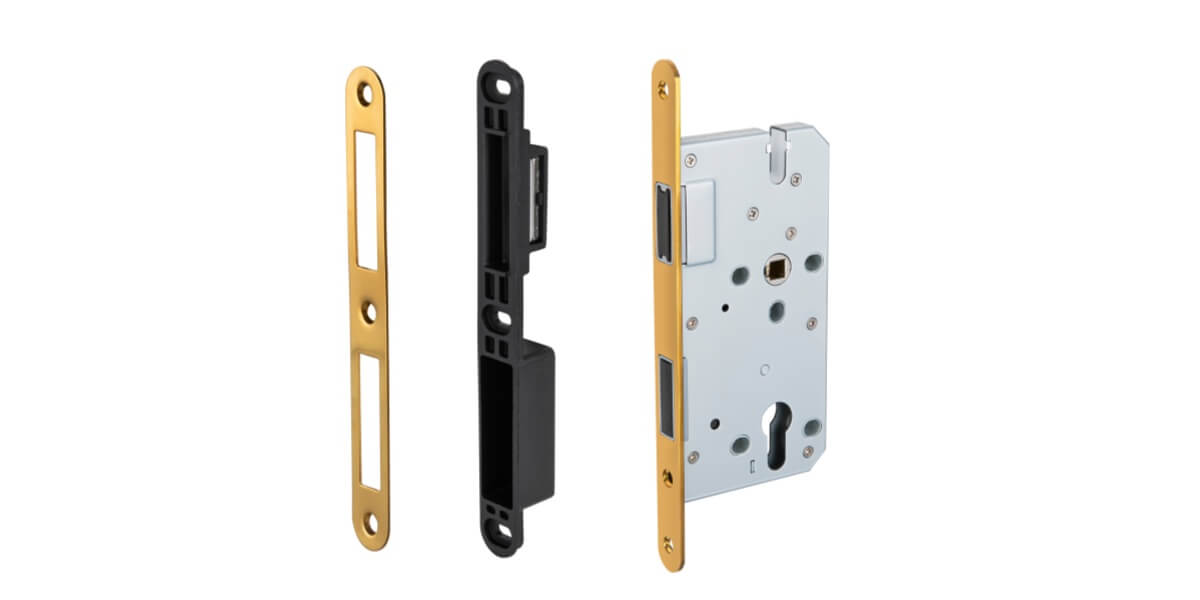At IISDOO, with 16 years of experience in door lock manufacturing, we understand the critical role of the lock body in ensuring the security and functionality of door handles. The lock body, also known as the lock case, houses the internal components that make the locking mechanism work. In this article, we'll delve into the structure and components of a door handle lock body to help you make informed decisions for your home or office.
1. Latch Bolt
The latch bolt is a pivotal component of the lock body. It extends into the door frame to keep the door securely closed and retracts when the door handle is turned, allowing the door to open. There are two main types of latch bolts:
- Spring Latch: This type automatically retracts when the door handle is turned, making it convenient for quick access.
- Dead Latch: This type requires a key or thumb turn to retract, providing additional security.
2. Deadbolt
The deadbolt adds an extra layer of security by extending deeper into the door frame compared to the latch bolt. It is typically engaged by turning a key or a thumb turn. Deadbolts come in two varieties:
- Single Cylinder: Operates with a key on one side and a thumb turn on the other.
- Double Cylinder: Requires a key on both sides, offering enhanced security but potentially posing safety concerns in emergencies.

3. Strike Plate
The strike plate is attached to the door frame and receives the latch bolt and deadbolt, providing a secure anchor point. Made commonly from metal, the strike plate ensures that the door remains securely closed and resists forceful entry attempts.
4. Spindle
The spindle connects the door handle or knob to the internal locking mechanism, transmitting the turning motion to retract the latch bolt. Spindles can be:
- Split Spindle: Allows independent operation of handles on either side of the door.
- Solid Spindle: Provides unified operation, ensuring that turning one handle affects the other.
5. Cylinder
The cylinder is where the key is inserted, enabling the lock to be engaged or disengaged. There are several types of cylinders:
- Pin Tumbler: Commonly used in residential locks, it operates with a set of pins of varying lengths.

- Wafer Tumbler: Utilized in lower-security applications, it employs flat wafers instead of pins.
- Disc Tumbler: Often found in high-security locks, it uses rotating discs to prevent unauthorized access.
Measuring and Choosing the Right Lock Body
To ensure proper fit and functionality, accurate measurements are crucial when selecting a lock body. Key measurements include:
- Backset: The distance from the edge of the door to the center of the lock body. Standard sizes are typically 2-3/8 inches (60 mm) or 2-3/4 inches (70 mm).
- Door Thickness: Standard interior doors are usually 1-3/8 inches (35 mm) thick, while exterior doors are typically 1-3/4 inches (45 mm). Ensure the lock body is compatible with your door's thickness.
Conclusion
The lock body is the heart of any door handle system, comprising several crucial components that work together to provide security and functionality. At IISDOO, we offer a wide range of high-quality lock bodies designed to meet various needs. By understanding the structure of a lock body, you can choose the right components that ensure both security and aesthetic appeal for your doors.
Trust IISDOO for all your door lock needs, and benefit from our extensive expertise and dedication to quality. Enhance your home's security and style with our top-notch door handle solutions.
Post time: Jul-26-2024


